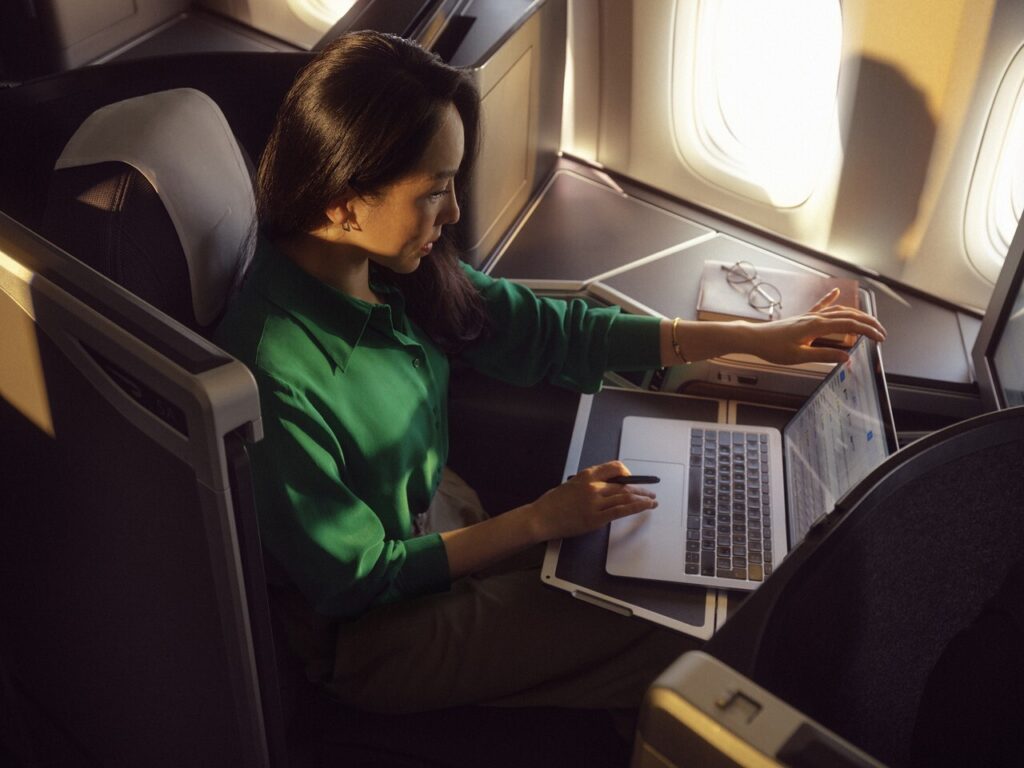
Chalk up another 500 aircraft in the Starlink inflight internet fleet. International Airlines Group (parent of British Airways, Iberia, Aer Lingus, Vueling) announced it would fit all the aircraft across its four brands with the service, with the first installs coming in 2026.
As with other Starlink deals, passengers will have access to internet service on board without additional payment.
The deal has been rumored as complete for several months, including competitors openly discussing it at recent industry conferences.
Plans call for all aircraft across the group to carry the Starlink kit. IAG CEO Luis Gallego drew attention to this cooperation among the brands, “demonstrating how IAG is working together as a group, to drive innovation and secure major deals to benefit all our stakeholders.” This sort of thing is what the airline groups are supposed to deliver, though they’ve have mixed success in doing so over the years.
The deal has some similarities to that signed by IAG and Gogo in 2016. That deal covered 2Ku deployment on 137 planes. But it was only long-haul aircraft, and left passengers with a somewhat inconsistent experience. It also never really captured the full long-haul fleet on any of the three brands.
A similar deal with Inmarsat‘s European Aviation Network (now a Viasat product) was announced around the same time. Much like with the 2Ku deal, the EAN deployment went well enough but came up short for a true full fleet coverage.
The earlier deals did, however, drive the common portal experience on board. For travelers that’s compelling; they should not care who the provider is behind the scenes. But if the planes never complete the install (e.g British Airways never completed installs on its Dreamliner fleet nor the EAN deployment on short-haul) that common experience does not really exist.
Ultimately passengers should benefit from the consistent, high-speed, and free service on board. And this time around IAG seems likely to complete the deployment, with deinstalls of 2Ku (now a SES offering), Viasat Ka-band, Panasonic Avionics, and EAN systems, depending on the fleet.
A favor to ask while you're here...
Did you enjoy the content? Or learn something useful? Or generally just think this is the type of story you'd like to see more of? Consider supporting the site through a donation (any amount helps). It helps keep me independent and avoiding the credit card schlock.

Leave a Reply